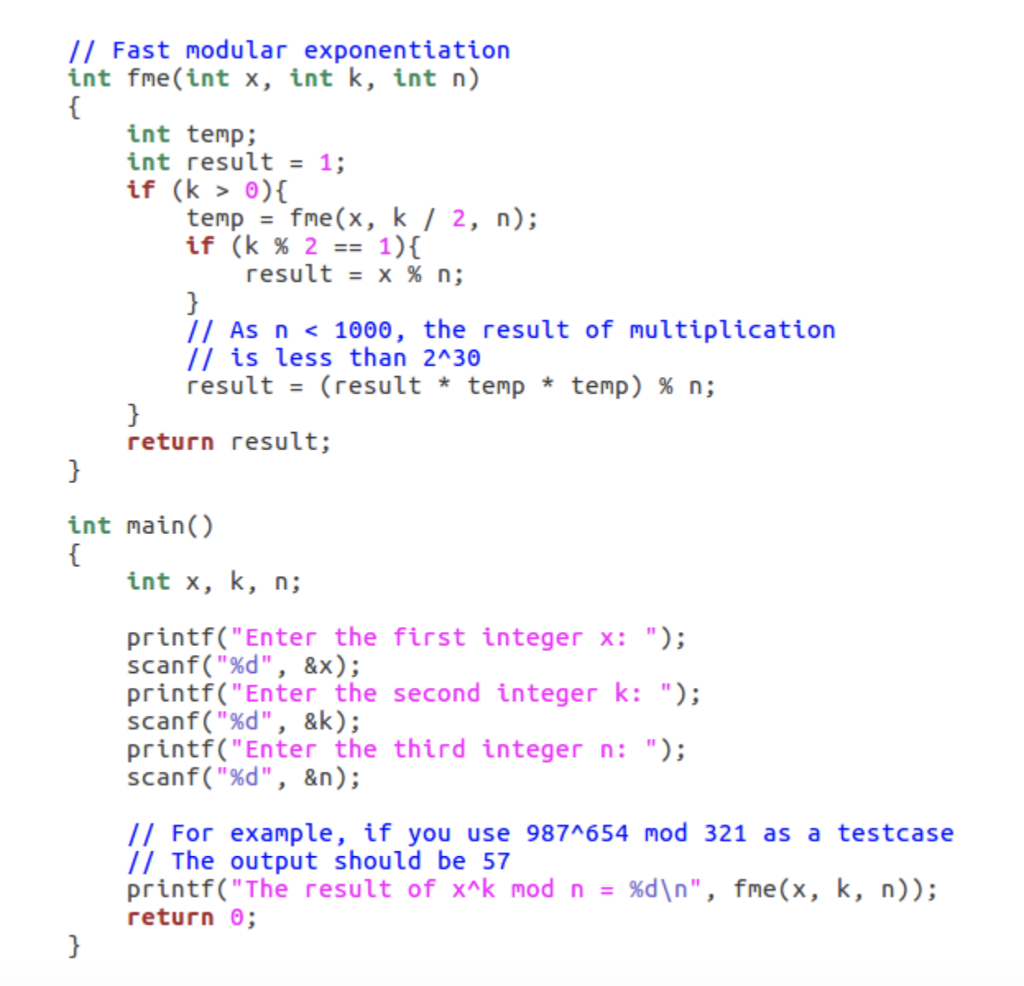Answered step by step
Verified Expert Solution
Question
1 Approved Answer
Given three positive integers x, k and n (1 Your assembly implementation should exactly follow the pseudo code sequence given below. Please do not perform
Given three positive integers x, k and n (1
Your assembly implementation should exactly follow the pseudo code sequence given below. Please do not perform any optimization at pseudo code level or at assembly level.
Please use beginner level MIPS.

Step by Step Solution
There are 3 Steps involved in it
Step: 1

Get Instant Access to Expert-Tailored Solutions
See step-by-step solutions with expert insights and AI powered tools for academic success
Step: 2

Step: 3

Ace Your Homework with AI
Get the answers you need in no time with our AI-driven, step-by-step assistance
Get Started


